When you consider the fact that it's eaten for breakfast, lunch, dinner and even dessert, it’s fair to say that rice is arguably the most staple ingredient in Thai cuisine. In fact, in Thailand, rather than asking people if they’ve eaten or if they’re hungry, it’s a local custom to ask each other whether they’ve eaten rice “gin khao yung” because most meals are served with it. And while of course rice in a grain that is as common as bread in England, there are also several different varieties of Thai rice, which can be cooked and enjoyed in different ways. In this blog, we’ll be sharing a quick guide to 5 different types of Thai rice.
Jasmine Rice (Hom Mali)
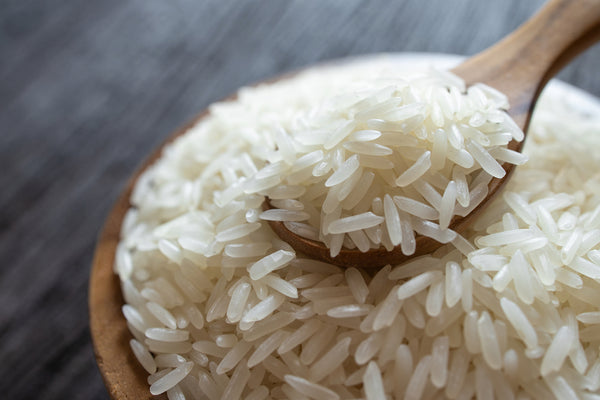
Thai Jasmine Rice is Thailand’s most popular and well known type of rice. Primarily grown in Thailand and other countries in Southeast Asia, this rice is of a long-grain variety but has a softer and stickier consistency once cooked compared to other types of long grain rice. Jasmine Rice is also sometimes referred to as Hom Mali, its Thai name and when this rice is without a label or packing it can be identified by its subtle floral Jasmine aroma, which some people feel also has a pandanous aroma and slight clingyness when picked up with cutlery.
As mentioned, Jasmine rice is the most widely used type of Thai rice and can be used to prepare and accompany a range of recipes including classic Thai curries, fried or grilled meat and seafood, rich saucy dishes and even for fried rice (although best cooked a day ahead for fried rice to harden the texture).
Cooking Tips:
- Always wash/rinse Jasmine rice with cold water to remove any excess starch which might affect its texture when cooked.
- Follow a 2:1 ratio of water to cook perfectly each time.
Glutinous Rice

Thai Glutinous Rice (also known as Khao Neow) is another popular and widely used short-grain variety of rice. Glutinous rice is more native to northern areas of Thailand and actually forms a great pride in the culinary identity of Northeastern Thai cuisine.
While rice generally can be eaten by hand in Thailand, glutinous rice is the most common type of eat by hand. This is due to its renowned sticky texture from which it gets its name “glutinous”, referring to the way the grains stick together as if they’ve been glued and not because this rice contains gluten as some people are mistaken. Glutinous rice achieves this sticky consistency once cooked with a fluffy soft texture and ever so subtle sweet taste. Despite this undertone of sweetness, glutinous rice can also be enjoyed in savoury recipes.
When it comes to cooking, glutinous rice is more often steamed rather than simmered but both cooking methods are suitable. Plain and lightly salted glutinous rice can accompany savoury recipes such as Thai breakfast moo ping or classic Thai desserts like mango sticky rice, khao tod mad, khao lam and more.
Cooking Tips:
- Always soak glutinous rice for at least an hour before cooking, to achieve the best results soak for up to 4 hours.
- While glutinous rice can be simmered to cook, steaming is the best method.
Black Glutinous Rice

Black Glutinous Sticky rice is exactly what it sounds like, sharing most of the features and characteristics of white glutinous rice, however, with the key difference being that black glutinous rice is unmilled and the bran (which gives it its colour) hasn't been removed. Black glutinous rice can sometimes vary slightly in colour, often seen in deep dark purple grain colours too.
Unlike white glutinous rice, black glutinous rice grains are slightly more robust and less-soft. You can compare their texture to brown rice versus white rice for reference but still slightly softer. This variety of Thai rice is almost strictly used to make sweets and Thai dessert recipes such as Thai black sticky rice pudding. It can also be used as a substitute for white glutinous rice in mango sticky rice offering an eye-catching plate but with a nuttier creamy taste.
Thai Riceberry Rice
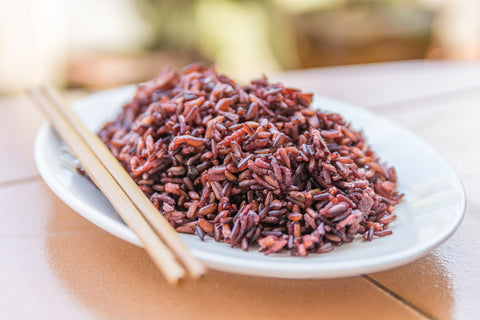
Riceberry is another distinctly Thai variety of rice which is made of a blend of Thai Hom Nin and unmilled Hom Mali rice grains. Similar to glutinous rice, riceberry is native to Northeast Thailand where it is primarily harvested.
Riceberry shouldn’t be mistaken for black glutinous rice despite similarities in appearance. When cooked riceberry has a deep purple hue similar to that of berries (hence the name) and while black glutinous rice is used for sweets and dessert recipes, riceberry has a more savoury aroma and flavour which is why it's a popular choice for savoury Thai recipes such as Jok/Congee, fried rice and salads.
Cooking Tips:
- The water to rice ratio can vary for each batch of rice, always follow packet instructions for the best measurements.
- You can tell this rice has cooked when it has a slightly burst appearance, similar to that of cooking quinoa.
Thai Long Grain Rice
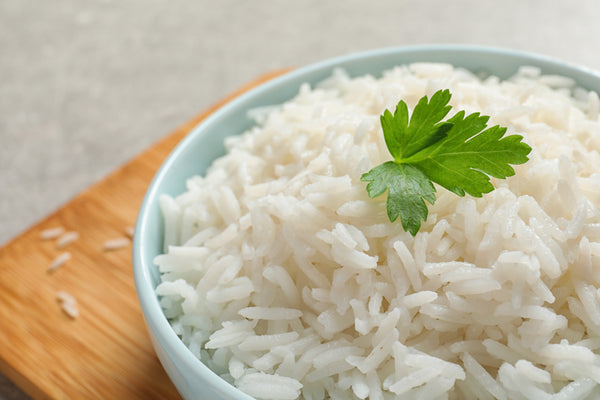
In general, Thai long grain rice is a broad umbrella term for a range of long-grain forms of rice such as jasmine rice as mentioned above. While jasmine rice is fragrant and slightly sticky, there are other forms of Thai long grain rice with more plain scents and distinctly grainy non-sticky characteristics such as Kaaw Jao, native to central areas of Thailand. Their plain smell translates into their taste and paired with their fluffy texture compliment the vibrant and spicy flavours and seasonings of Thai cuisine.
Similar to Thai jasmine rice, long grain varieties of Thai rice are perfect for savoury Thai recipes, as a side dish for recipes like Thai basil chicken and especially Thai fried rice recipes due to their grainy nature.
Cooking Tips:
- See cooking advice for Thai jasmine rice.







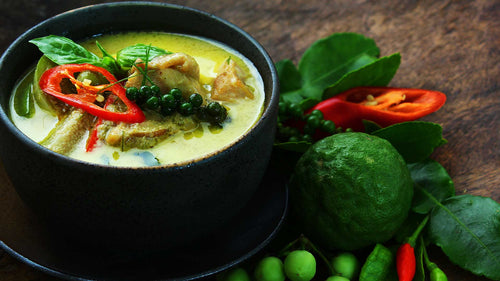
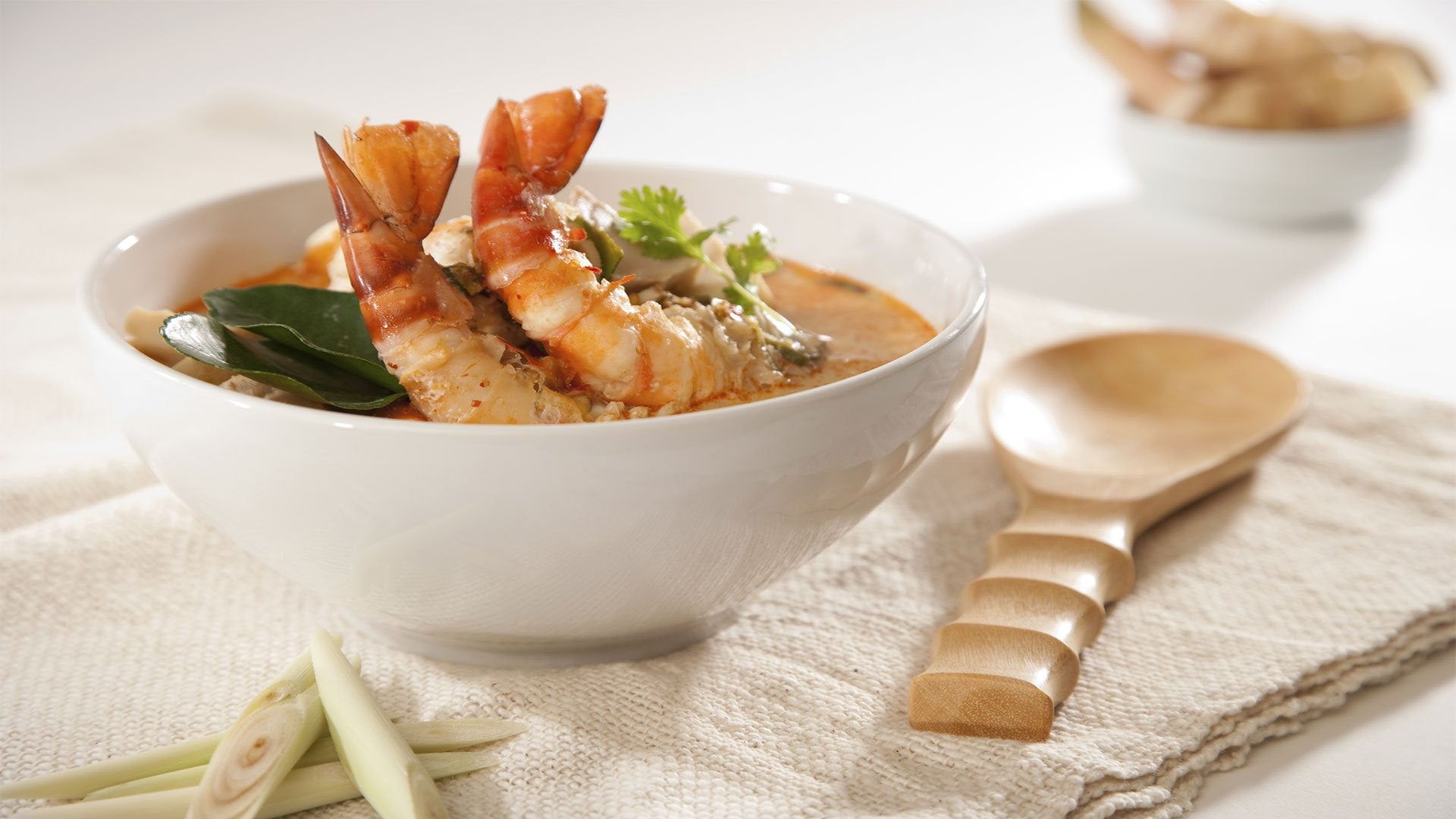
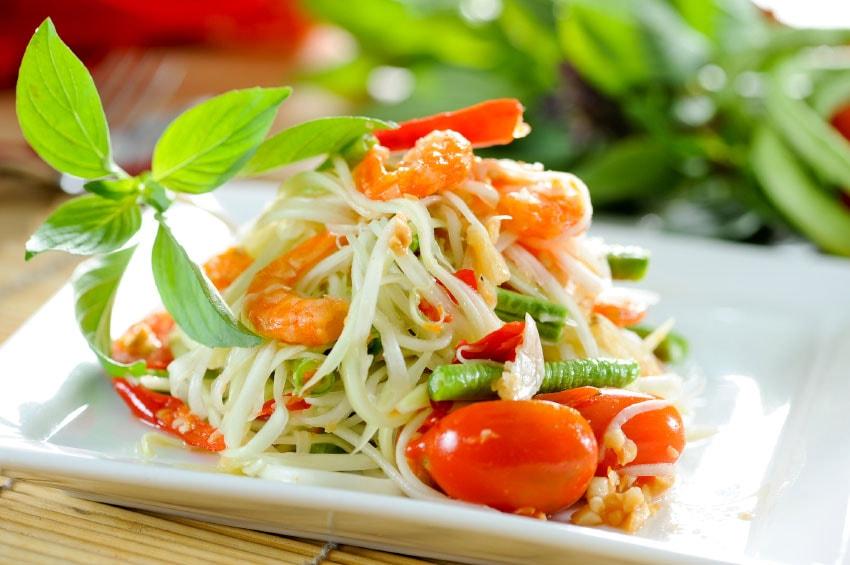
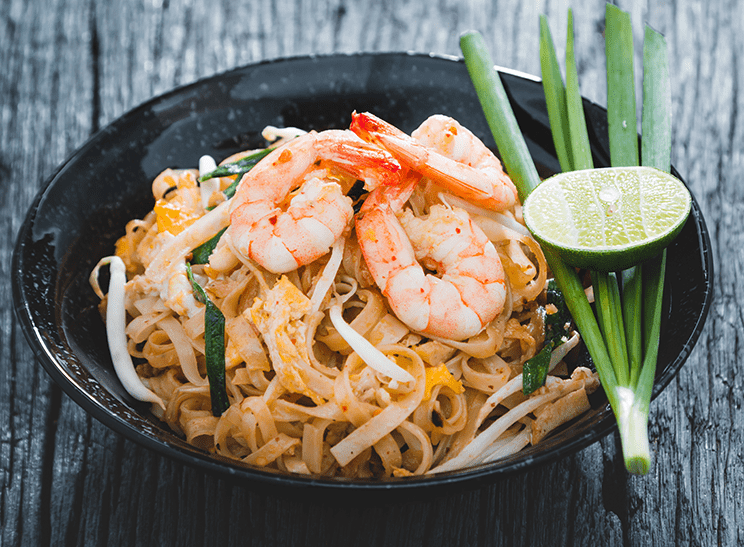



Leave a comment